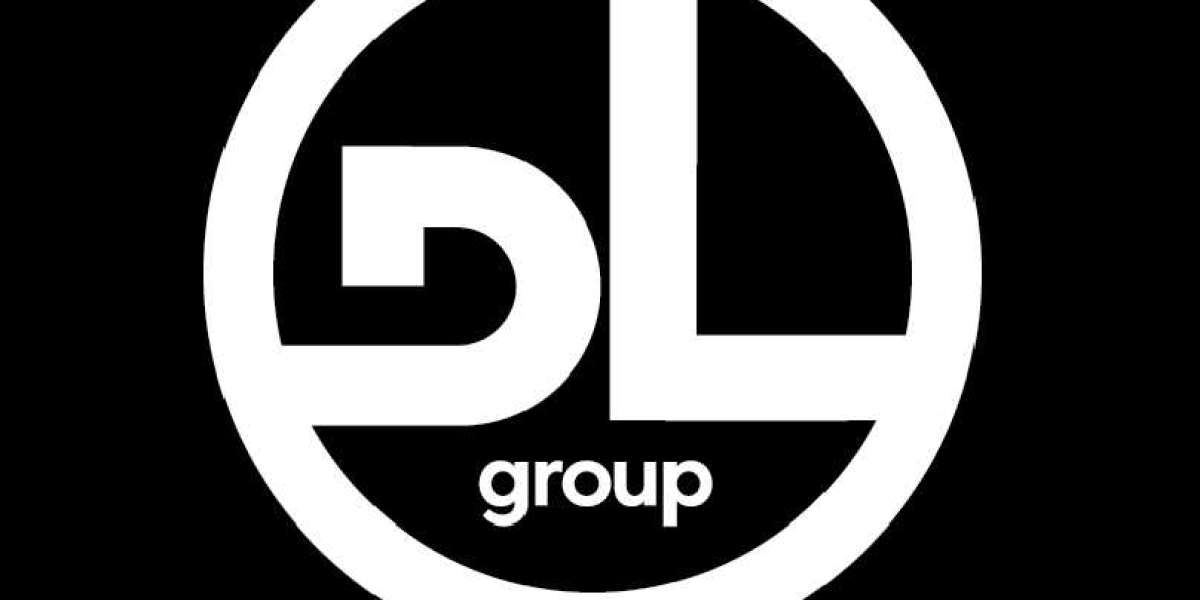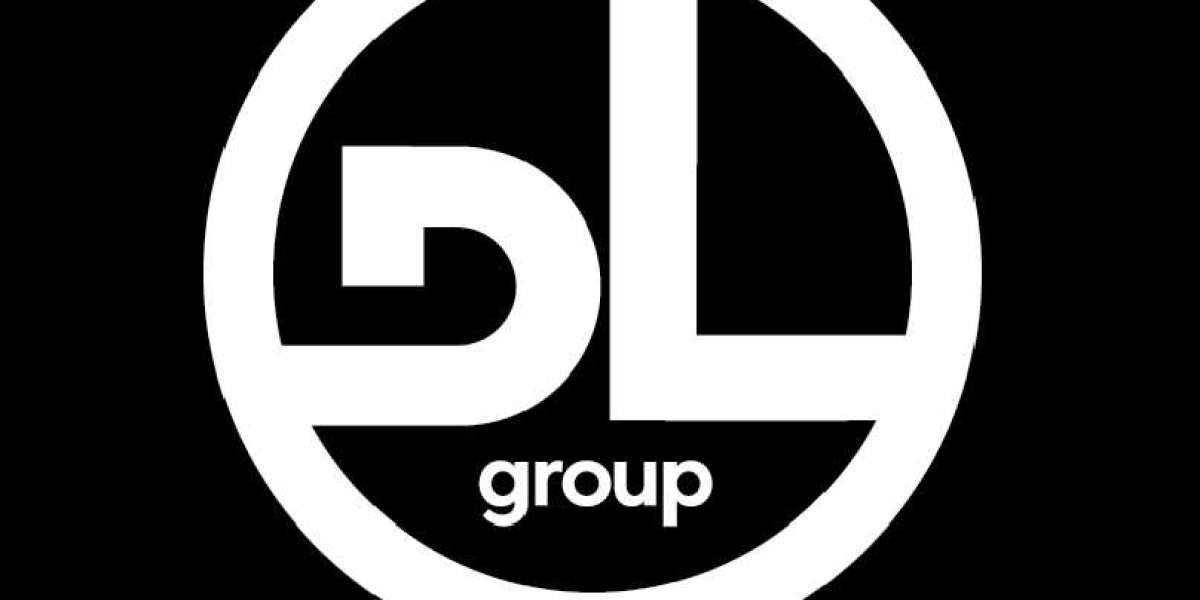When reviewing the ingredient lists on your skincare products or cosmetics, you may come across scientific-sounding names that are hard to pronounce, making it difficult to understand what exactly you're putting on your skin.
What is Iodopropynyl Butylcarbamate?
Before diving into alternative names, it’s essential to understand what Iodopropynyl Butylcarbamate (often abbreviated as IPBC) is and why it’s used. IPBC is a preservative primarily included in cosmetics, personal care products, and other water-based formulations to prevent the growth of harmful microorganisms like bacteria, mold, and fungi. It extends the shelf life of products and ensures they remain safe for use.
Read More: https://www.persistencemarketresearch.com/market-research/us-iodopropynyl-butylcarbamate-market.asp
Introduced in the 1990s, IPBC has become a widely accepted ingredient due to its effectiveness at low concentrations, making it a popular preservative in both leave-on and rinse-off products.
Common Alternative Names for Iodopropynyl Butylcarbamate
In many cases, ingredients like IPBC may appear under slightly different names, depending on the manufacturer, regulatory guidelines, or international naming conventions. Below are some common alternative names and abbreviations for Iodopropynyl Butylcarbamate:
IPBC
This is the most frequently used abbreviation for Iodopropynyl Butylcarbamate. Many cosmetic labels will list the preservative simply as IPBC, making it easier for consumers to identify.Glycacil®
Glycacil® is the trade name for Iodopropynyl Butylcarbamate, marketed by Lonza, one of the leading manufacturers of the preservative. You may see this brand name used in certain professional or industrial-grade products.Iodopropynyl Butyl Carbamate
Sometimes, the name is written with a slight variation as Iodopropynyl Butyl Carbamate (with a space between "Butyl" and "Carbamate"). This is essentially the same compound and is occasionally used by manufacturers or suppliers in ingredient listings.3-Iodo-2-Propynyl Butylcarbamate
This is the chemical designation for IPBC. Some labels might use this more technical version of the name, though it’s less common on consumer-facing products.Butyl-3-iodo-2-propynylcarbamate
A less frequently seen alternative name, Butyl-3-iodo-2-propynylcarbamate, is sometimes used in chemical databases or industry references. While it contains the same chemical components as IPBC, it is rarely used in consumer product ingredient lists.
Where Can You Find IPBC?
Iodopropynyl Butylcarbamate is used across a wide variety of consumer and industrial products. Some common applications include:
- Cosmetics and Skincare Products: IPBC is found in lotions, creams, makeup, sunscreens, shampoos, and conditioners. It prevents microbial contamination in products that contain water, ensuring their longevity and safety for consumers.
- Household Products: Cleaning solutions, air fresheners, and laundry detergents may also include IPBC to prevent the growth of bacteria and mold during storage.
- Industrial Applications: IPBC is used in paints, coatings, adhesives, and wood preservatives to protect against fungal and bacterial growth, especially in humid environments.
Why is it Important to Know Alternative Names?
Understanding alternative names for ingredients like IPBC is crucial if you want to avoid certain preservatives due to allergies, sensitivities, or personal preferences. Manufacturers may use different names or abbreviations on product labels depending on the country or region, and recognizing these names can help you make informed decisions about the products you choose.
For example, if you have sensitive skin or have experienced irritation from products containing IPBC, you might want to avoid products that list it under any of its alternative names, such as Glycacil® or Iodopropynyl Butyl Carbamate.
Is Iodopropynyl Butylcarbamate Safe?
When used in concentrations approved by regulatory bodies such as the U.S. Food and Drug Administration (FDA) or the European Union, IPBC is considered safe for use in cosmetics and personal care products. The typical concentration in leave-on products is less than 0.1%, and in rinse-off products like shampoos, it may be used at slightly higher concentrations (up to 0.5%).
However, like any preservative, some individuals with sensitive skin or allergies may experience irritation when using products containing IPBC. It’s always a good idea to perform a patch test when trying new skincare products to avoid potential reactions.
Final Thoughts
Iodopropynyl Butylcarbamate, commonly known as IPBC, is a widely used preservative in cosmetics and personal care products. In addition to IPBC, this preservative may also appear under alternative names such as Glycacil® or Iodopropynyl Butyl Carbamate, depending on the product or manufacturer. Recognizing these alternative names can help consumers make informed choices, especially those with sensitivities or concerns about preservatives.
Understanding ingredient labels is key to selecting products that meet your skin’s needs while avoiding potential irritants. By staying informed, you can take control of your skincare routine and ensure that you're using products that are both safe and effective for you.







